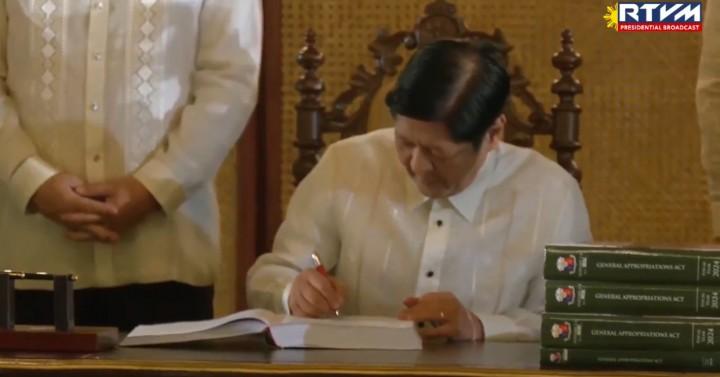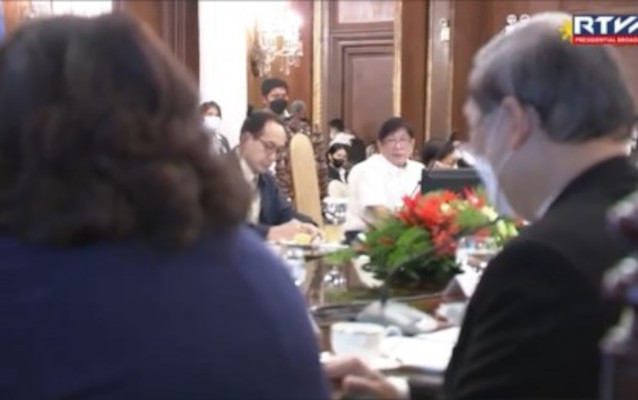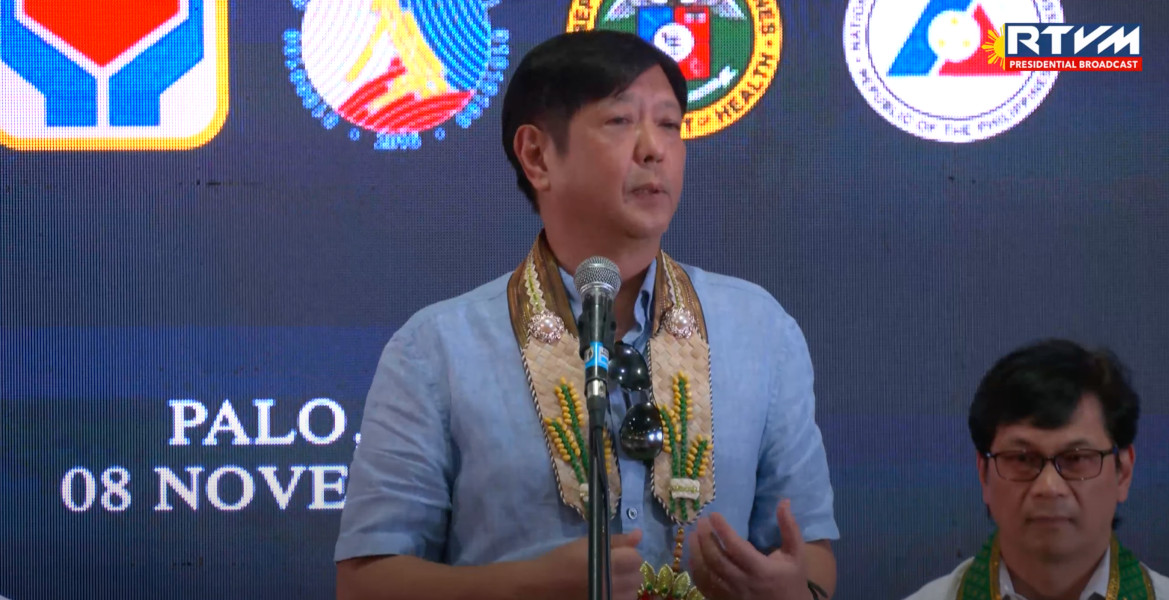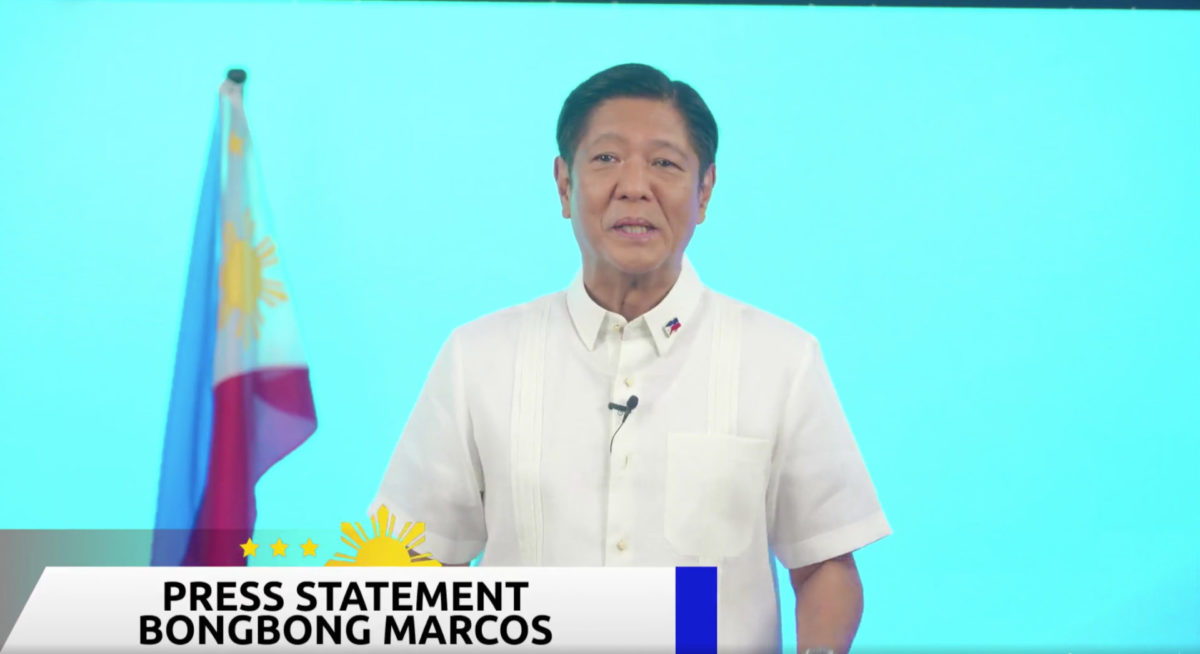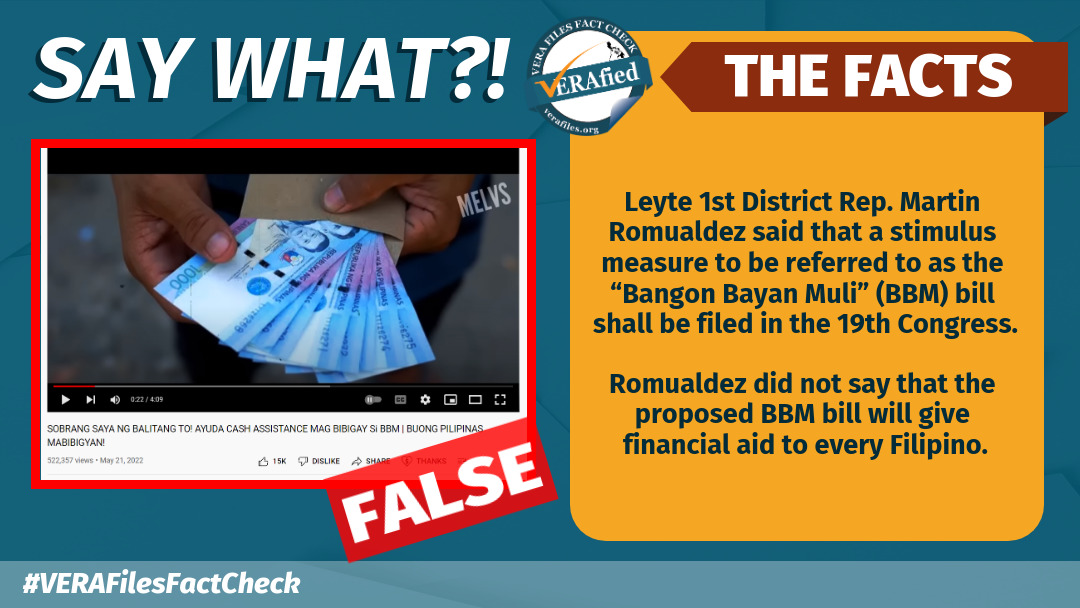How President Ferdinand Marcos Jr. turned what some lawmakers have described as a “bad” budget for 2025 into good will be a test of his declared policy of prudent spending.
The president signed today, Dec. 30, the Congress-ratified bill providing a P6.35-trillion budget for the national government in 2025. We have not seen the final shape of what is now Republic Act No. 12116 and how he justified every line item veto.
That the 2025 spending program became law on the day the country commemorates the anniversary of national hero Jose Rizal’s 1896 execution at Bagumbayan (Rizal Park), however, does not offer positive symbolism.
But the occasion presented a chance for Marcos to assert his power to exercise fiscal discipline and control public spending by ensuring that the General Appropriations bill that he just signed into law is devoid of opportunities for corruption.
A few days ago, Executive Secretary Luis Bersamin said the president was “thoroughly assessing the budget to ensure that it is aligned with the priorities of the administration and to place stronger safeguards on spending for the different projects.”
This will be the third annual budget program that Marcos has enacted. From his first State of the Nation Address (SONA) in July 2022 to his third last July, he spoke about sound fiscal management, spending efficiency and judicious spending. It’s about time we hold him to his word.
He has repeatedly declared his policy to give priority to education and health, but the Congress-ratified spending program drastically cut the education budget by P12 billion and deleted the P74-billion subsidy to the Philippine Health Insurance Corp. On the other hand, it gave an additional P289 billion to the Department of Public Works and Highways, P18 billion to the House and P1 billion to the Senate, all without substantial justifications.
In his SONA last July, Marcos said: “Lagi nating labanan ang mali at ang masama. Lagi po natin ipaglaban ang tama at ang mabuti. Lagi po nating mahalin ang Pilipinas. Lagi po nating mahalin ang Filipino.”
He should first do so. Lead by good example. Match your words with action.
The president should be reminded always of what he said in December 2022: “Be assured that it is the policy of this administration to ensure that every peso and every centavo that the government spends in its programs and projects will be to the benefit of all Filipinos.”
In a speech after signing the budget law this morning, he said “the responsibility of ensuring that every centavo is spent wisely, transparently and purposely begins.” He said the changes in the spending plan were made in response to the public’s scrutiny and criticisms of what Congress had approved, even if he needed to work on it during the Christmas holidays. The rest were mostly rhetorics that we have heard on many occasions about uplifting the lives of Filipinos.
If he would be true to his word, he should have vetoed what he described earlier as “inappropriate appropriations” such as the lump sums for dole outs like the P26-billion Ayuda sa Kapos ang Kita Program and the so-called congressional insertions, or the allocations tucked by individual lawmakers in the budget program of the various agencies to fund their pet projects. Those insertions were similar to the “pork barrel” that the Supreme Court has declared as unconstitutional.
Under Article VI, Section 27 of the 1987 Constitution, the president has the power to exercise a line-item veto in an appropriation bill. Congress may overrule a presidential veto by a vote of two-thirds of all the members of the Senate and of the House of Representatives.
He said he had vetoed P194-billion worth of line items that are not consistent with the administration’s program priorities. The vetoed items, he said, included allocations in the DPWH and those under the unprogrammed appropriations which increased by 300%.
Was Marcos confident enough to risk losing the support of lawmakers whose budget “insertions” were vetoed or deleted in the final appropriations law? Would Congress be bold enough to overturn a presidential veto?
In scrutinizing the government’s spending program with a fine-tooth comb, not everybody would be happy. But that is the essence of checks and balances.
While the president can veto line items in the budget, he cannot introduce new items or bring back items that have already been deleted by Congress. That means the total spending program will be lower than P6.35 trillion.
The president can later augment the budget of the agencies, whose allocations were unjustifiably reduced, by taking money from savings and the contingency fund, when necessary.
By removing the unnecessary fats that tend to favor the legislators more than their intended beneficiaries, Marcos may be able to convince the budget experts that next year’s spending program would not be what they had described as “the most corrupt” in the country’s history.
Transparency and accountability are critical elements of good governance. The final shape of the 2025 budget will be a test of the Marcos administration’s adherence to these principles and his declared policy of prudent spending. Can he pass the test? Let’s see what he has vetoed and what “inappropriate appropriations” he had kept in the just-enacted spending program.
The views in this column are those of the author and do not necessarily reflect the views of VERA Files.
This column also appeared in The Manila Times.
